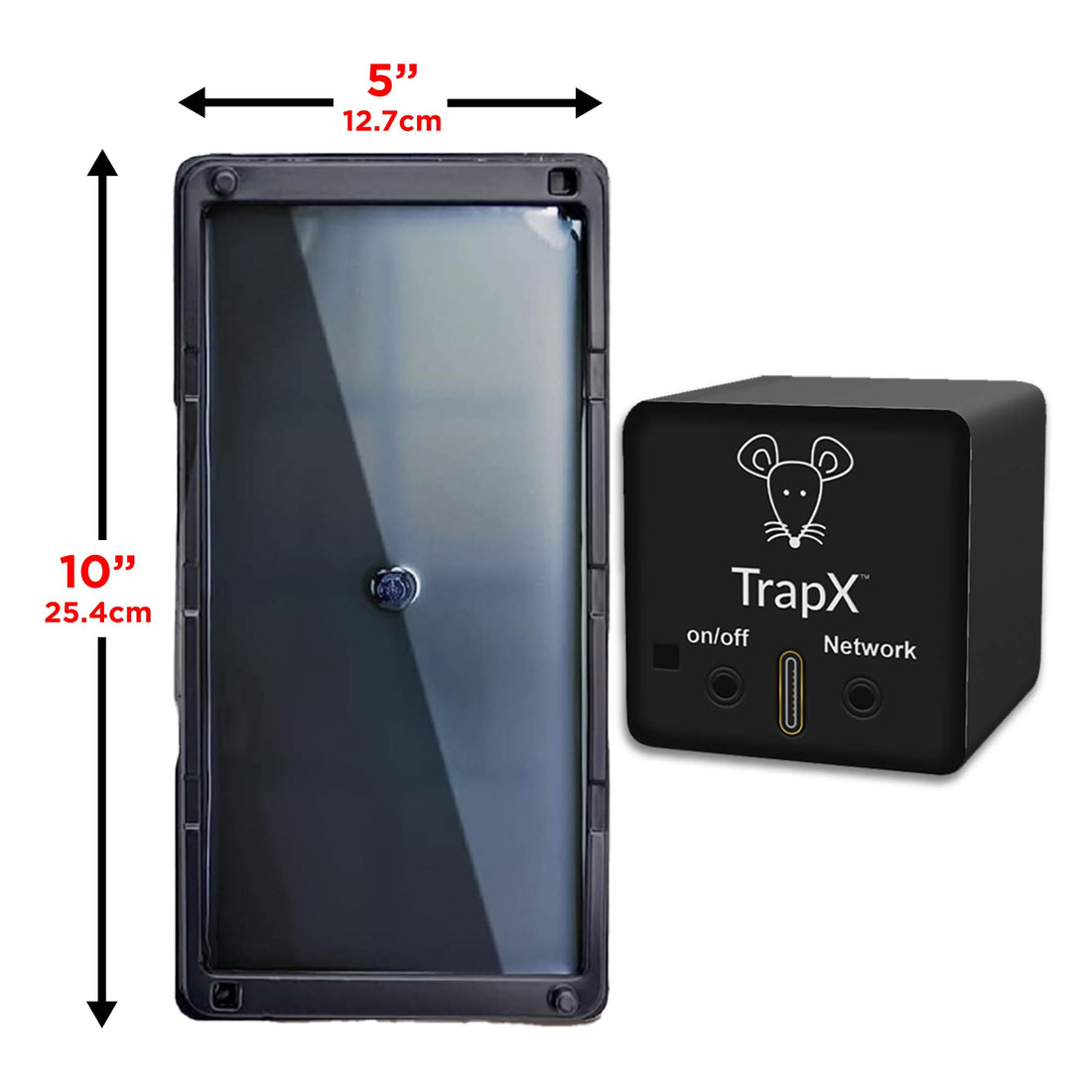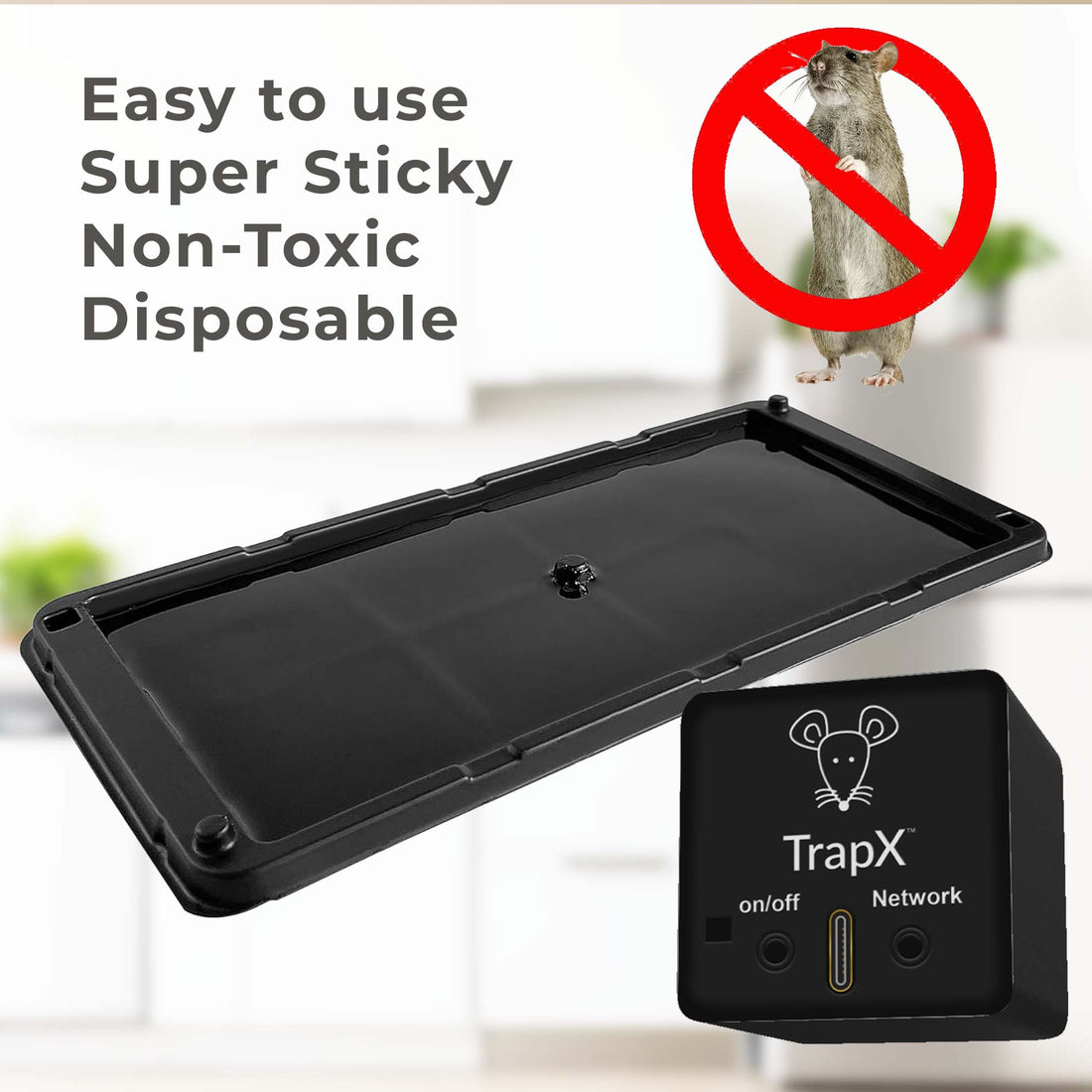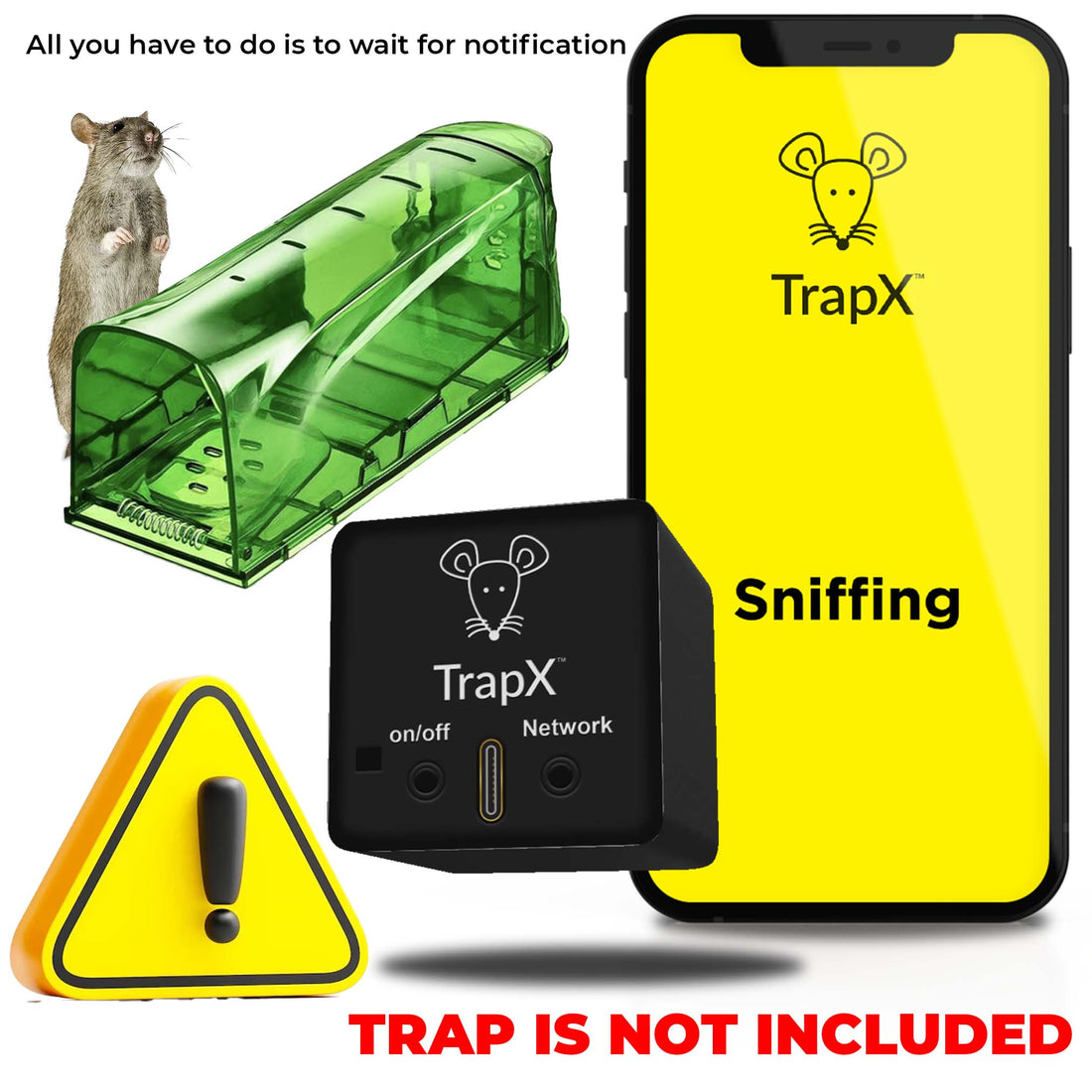The Ultimate Guide to Dog Proof Raccoon Traps
Share
Are you tired of raccoons rummaging through your trash and causing a mess in your yard? Do you have a dog that loves to chase after raccoons, putting itself at risk of injury or even worse? If so, then you need a dog proof raccoon trap. In this comprehensive guide, we will cover everything you need to know about dog proof raccoon traps, including how they work, the different types available, and tips for successful trapping.

How Do Dog Proof Raccoon Traps Work?
Dog proof raccoon traps are specifically designed to prevent dogs from accessing the bait and getting caught in the trap. These traps typically feature a trigger mechanism that requires the raccoon to reach inside the trap and pull on a lever or handle to access the bait. Dogs, on the other hand, are unable to manipulate the trigger mechanism with their paws, keeping them safe from harm.

Types of Dog Proof Raccoon Traps
There are several types of dog proof raccoon traps available on the market. The most common types include:
- 1. Cage Traps: These traps are made of wire mesh and have a door that closes once the raccoon enters the trap. They are humane and allow for easy release of the captured raccoon.
- 2. Foot Hold Traps: These traps are designed to hold the raccoon's foot securely once it steps on the trigger plate. They are effective but can cause injury to the raccoon if not used properly.
- 3. Snares: Snares are looped wires that tighten around the raccoon's neck or body when it tries to escape. They are controversial and can cause harm to the raccoon if not used correctly.

Tips for Successful Trapping
Trapping raccoons can be a challenging task, but with the right techniques and tools, you can increase your chances of success. Here are some tips to help you trap raccoons effectively:
- 1. Choose the Right Location: Place your trap in an area where raccoons are known to frequent, such as near trash cans or in your garden.
- 2. Use the Right Bait: Raccoons are attracted to a variety of food items, including cat food, marshmallows, and sweet corn. Experiment with different baits to see what works best in your area.
- 3. Set the Trap Properly: Follow the manufacturer's instructions for setting up the trap and ensure that it is secure and stable.
- 4. Check the Trap Regularly: Check your trap at least once a day to ensure that any captured raccoons are not left in the trap for an extended period.
- 5. Release or Dispose of the Raccoon: If you have trapped a raccoon, you can choose to release it back into the wild or contact a local wildlife control agency for assistance.
Conclusion
Dog proof raccoon traps are an effective way to control raccoon populations and keep your dog safe from encounters with these wild animals. By understanding how these traps work and following the tips for successful trapping, you can effectively manage raccoon problems on your property. Remember to always prioritize the safety and well-being of both the raccoons and your pets when using traps.
Jan02.chat.1pass.general public.dog proof raccoon trapAs an Amazon Associate, I earn from qualifying purchases.
